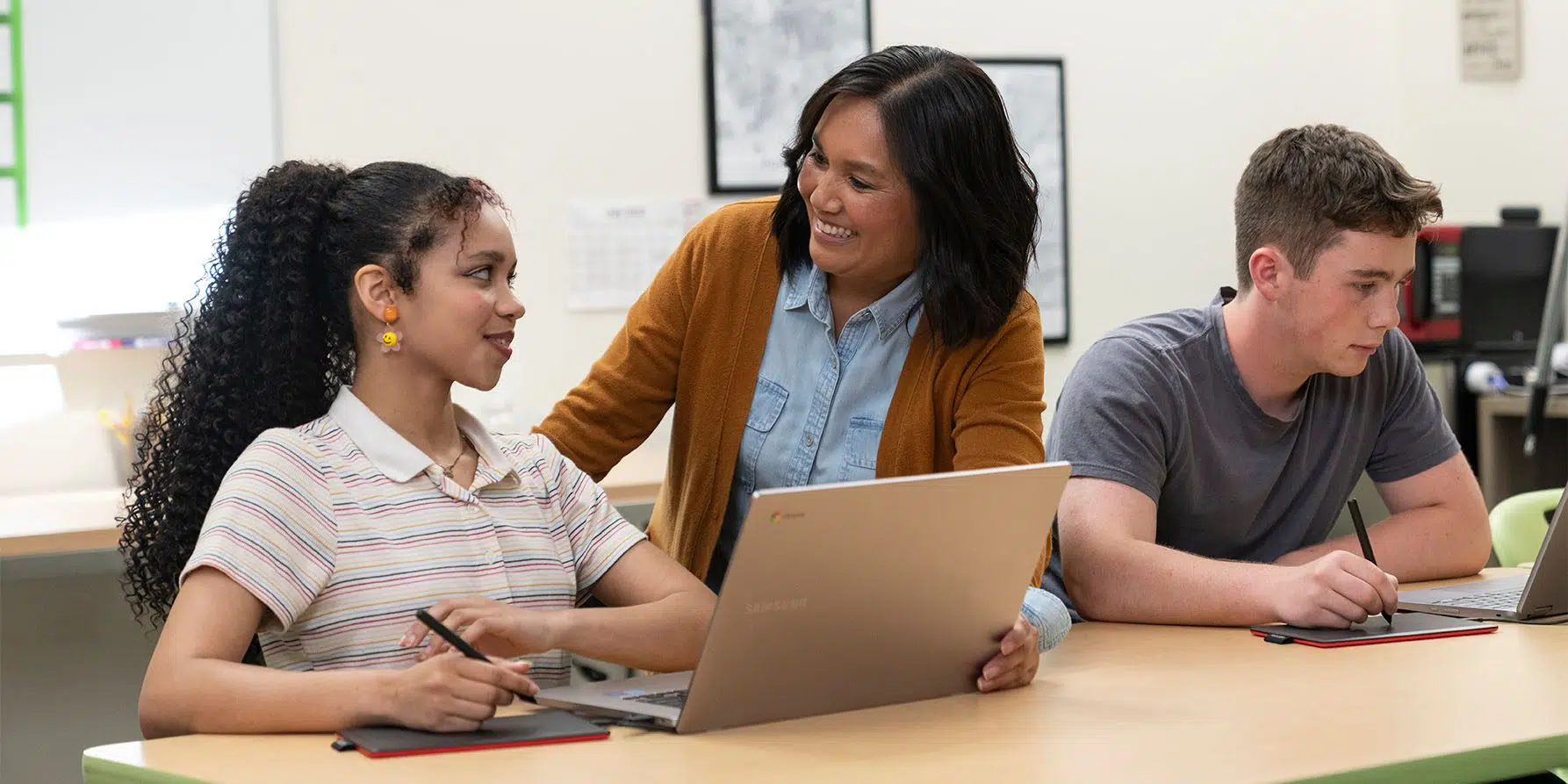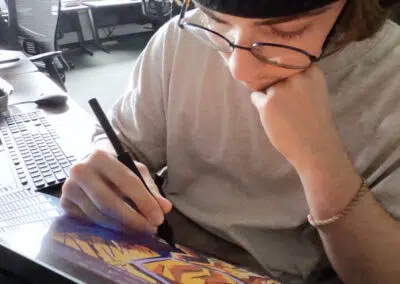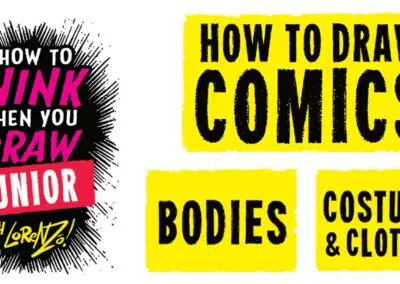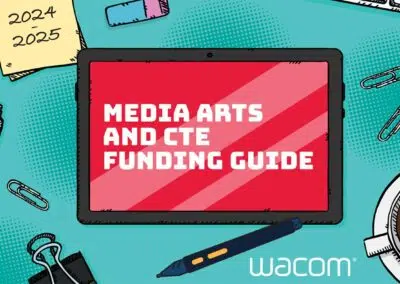How to write winning education grant proposals — with expert Matthew Waynee

Matthew Waynee is a Cinematic Arts Instructor & EdTech Consultant in Los Angeles Unifed School District. A produced screenwriter and teacher with 20 years of experience, he’s helped build the cinematic arts department at USC Media Arts & Engineering Magnet school from the ground up.
He has written more than $2 million in grants and set up partnerships with Nickelodeon, DreamWorks, NBCUniversal, and Warner Bros. In 2016, he was honored to be named the national Magnet Teacher of the Year. He’s also actively involved in establishing a new creative arts apprenticeship program with the California Department of Education.
This is the third in a series of five short videos where he gives quick and easy tips to get grant funding for your school, classroom, or program. Check out the video below, or read on for a summary!
Tip #3: Tell a compelling story
Donors will be reading a lot of proposals. The best way to set your proposal apart is by telling a compelling story about your program’s mission, vision, and what you can accomplish.
Make it personal, not just a proposal
Waynee gives an example in the above video where he tells his own story about starting out teaching with Teach for America. He then tells a story about an individual student who he taught, and how Waynee’s class made an impact on the student.
When they met, Waynee’s student was, as a child of immigrants and an English language learner, shy and reserved. But over the years, he developed much more confidence, for example applying for roles in school drama productions. Eventually, he became the first person in his family to attend college.
After his college graduation, Waynee received a gift from the student — his college graduation gown and stole — with a letter thanking Waynee for his support. “I couldn’t have done it without you,” the letter said.
This kind of story gives a powerful personal narrative to attach to a grant application and makes an emotional appeal that no statistics or data could make on their own.
Collecting stories
We all have students with compelling stories, Waynee says, and it’s important that we collect them and include them in our proposals. This shows the real-world differences that your program makes in students’ lives, and can also help you argue that with a grant, you could do even more.
You want to tell your own story — how you came to be a teacher and what you’re passionate about. You also want to tell the story of what you’ve already accomplished. And finally, you want to tell the story about what you’ll be able to accomplish if you do receive the grant.
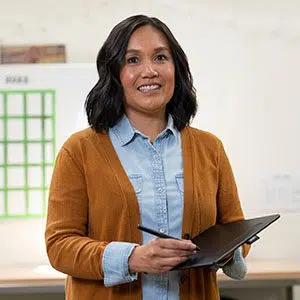
Wacom for Education
Stay tuned for more quick tips from Matthew Waynee on how to get grants for your classroom, coming soon. If you’re interested in more in-depth discussion from Waynee about education grants, check out the webinar he did with Wacom in 2022 here.
For more information about how Wacom supports education, and how Wacom products can elevate collaboration and engagement in classrooms across all grade levels and subject areas, check out the Wacom for Education site or the education section of this blog!
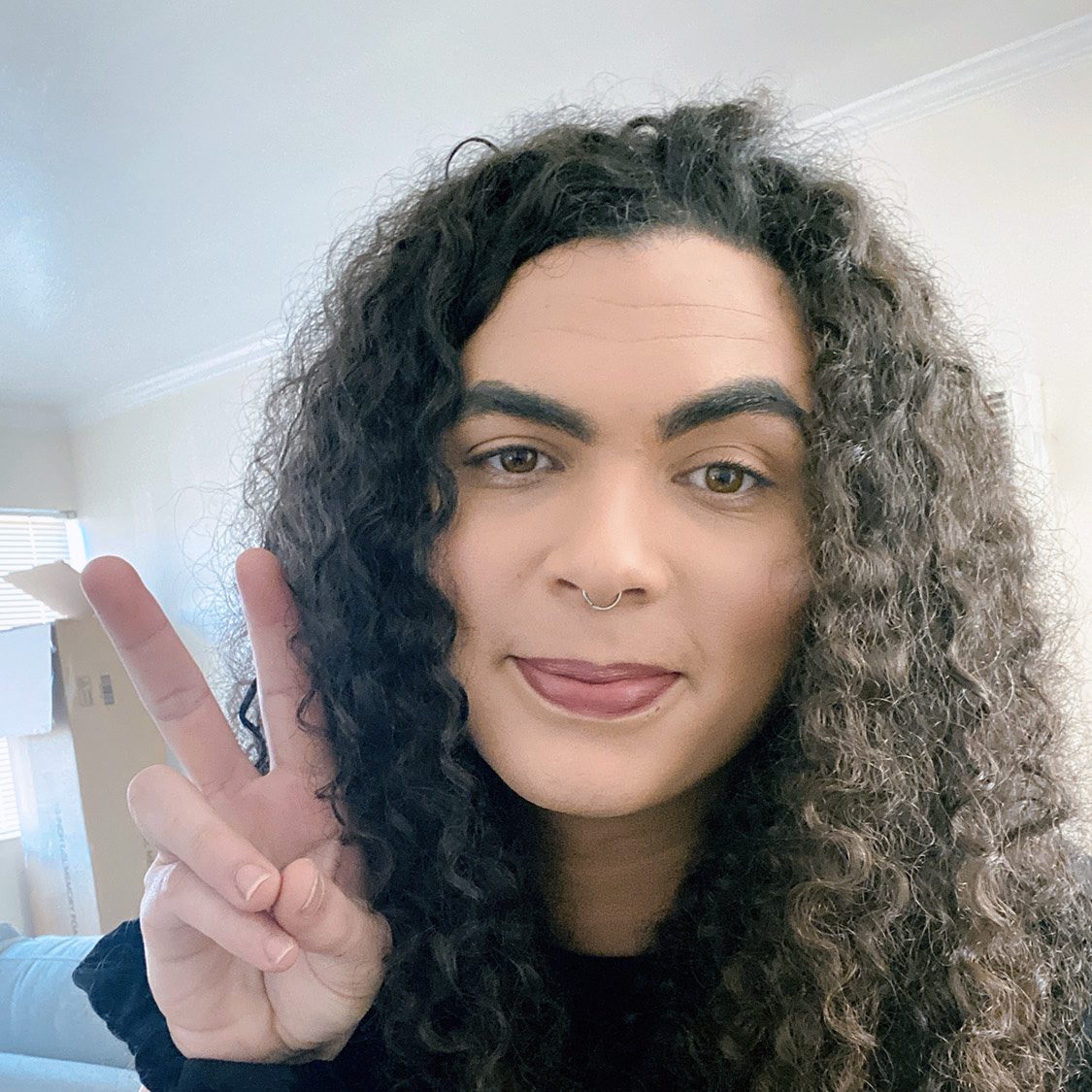
About the author
Abeni Jones is a former graphic designer, illustrator, and educator, and current writer, who bought her first Wacom tablet in 1999. She’s passionate about video games, design, and the great outdoors.
